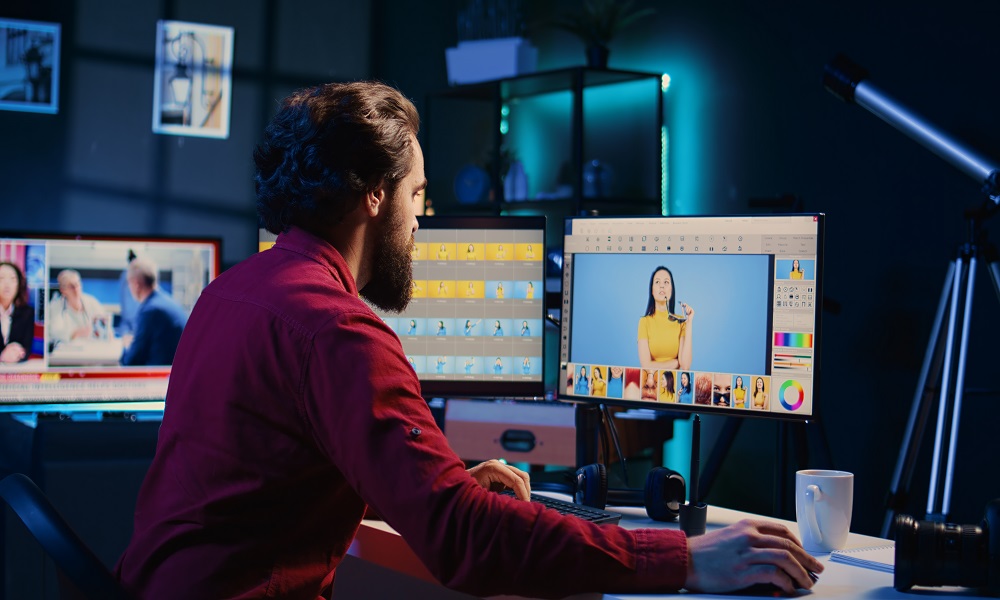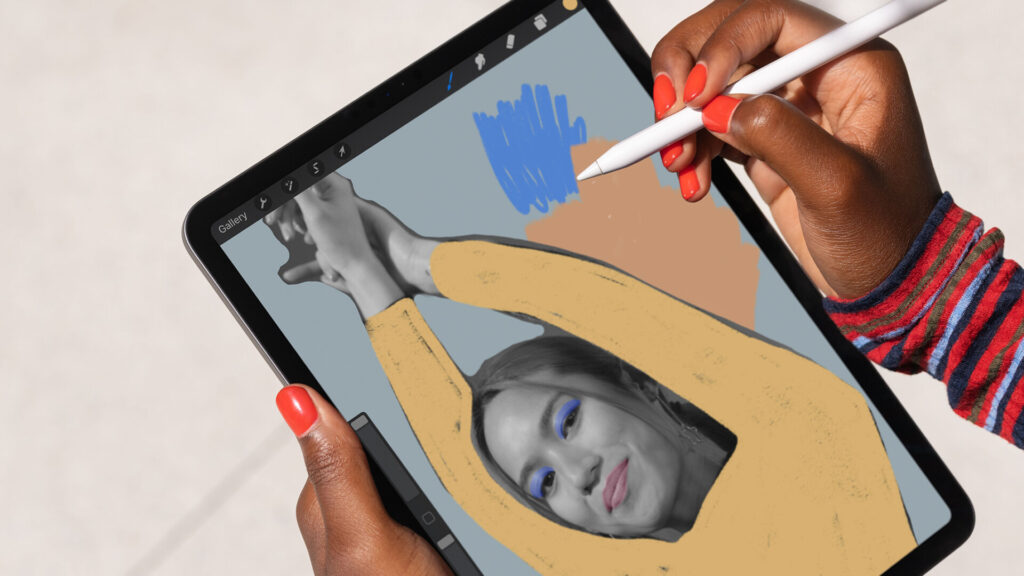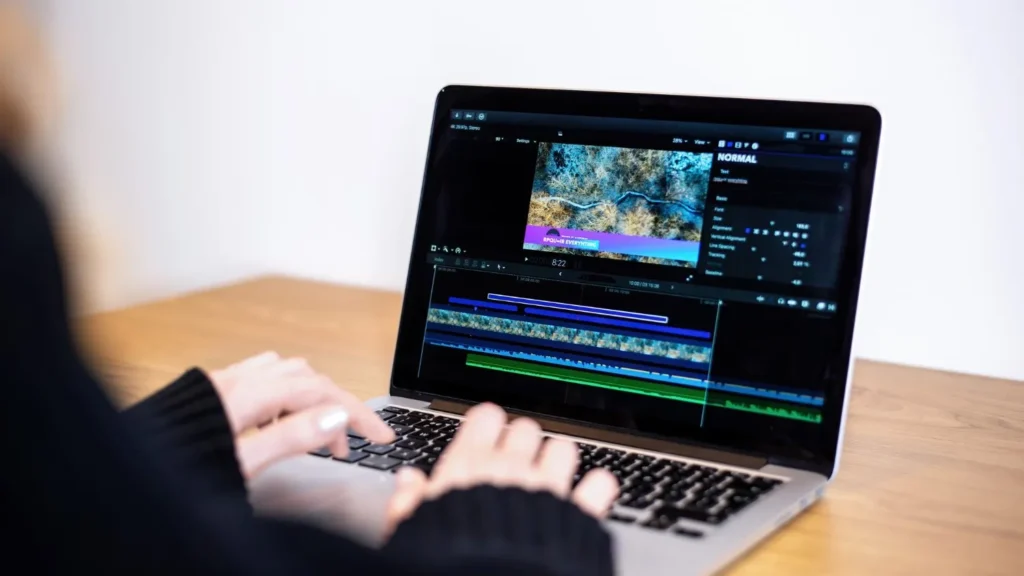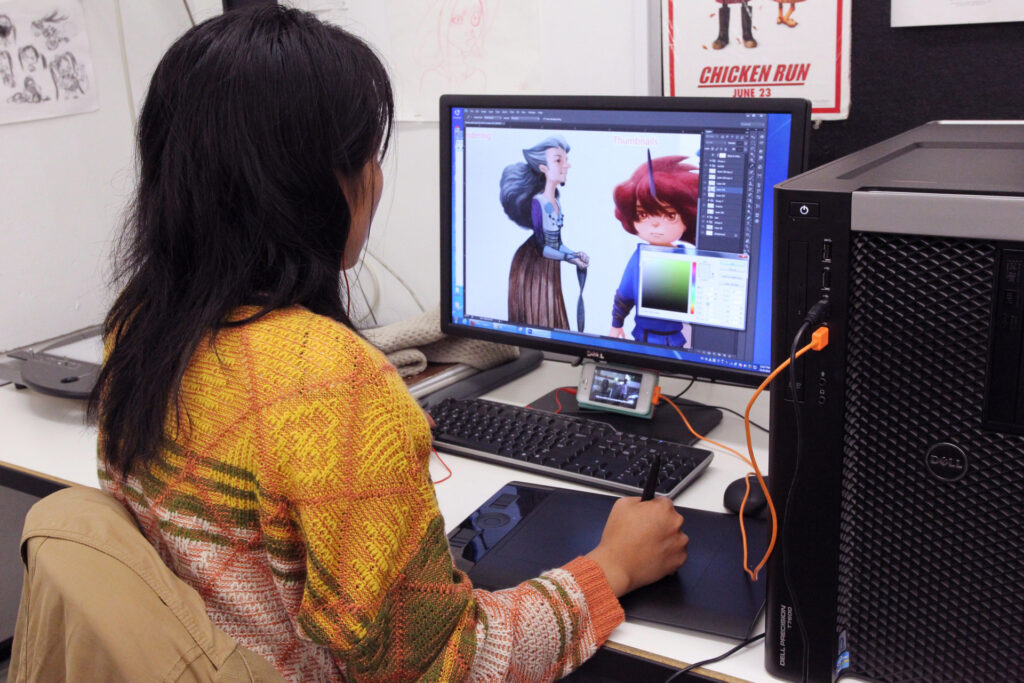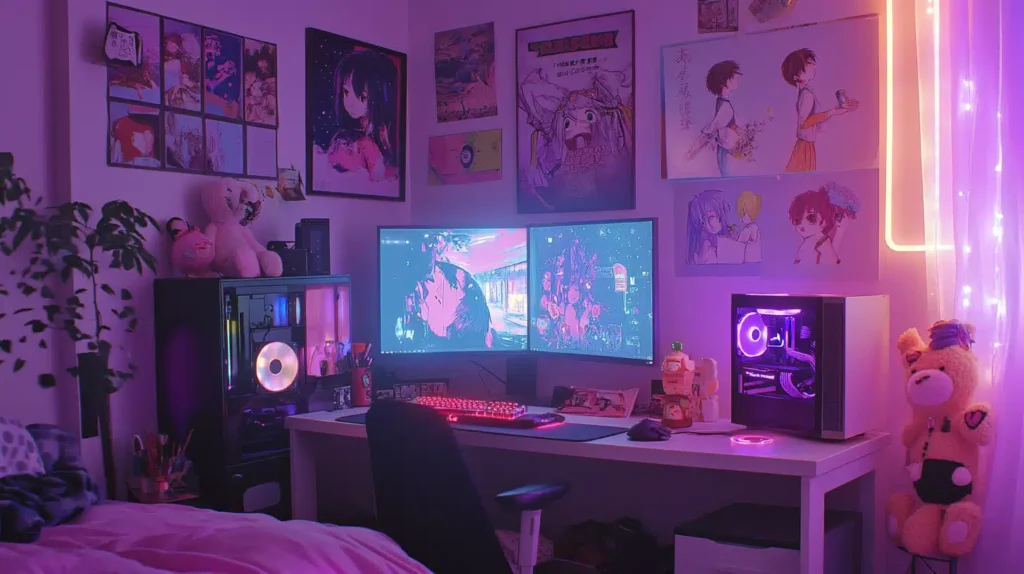
Picture this: you’re scrolling through your LinkedIn feed during a coffee break when a colorful animated video catches your eye. Within 90 seconds, it explains a complex software solution so clearly that you finally understand what that company actually does. That’s the magic of animated explainer videos – they turn confusion into clarity, browsers into buyers, and complex concepts into compelling stories.
In today’s attention-deficit digital landscape, businesses have mere seconds to capture interest and communicate value. Traditional marketing materials often fall short, drowning audiences in jargon and lengthy explanations. Enter animated explainer videos: the Swiss Army knife of modern marketing that combines visual storytelling, clear messaging, and engaging animation to deliver results that speak for themselves.
Why Animated Explainer Videos Are Business Game-Changers
The statistics tell a compelling story. According to Wyzowl’s State of Video Marketing report, 96% of people have watched an explainer video to learn about a product or service, and 89% of those viewers were convinced to make a purchase. These aren’t just numbers – they represent real business transformation happening across industries.
Sarah Chen, marketing director at a fintech startup, experienced this firsthand. “We struggled for months to explain our blockchain-based payment solution,” she recalls. “Our conversion rates were abysmal, and customer support was overwhelmed with basic questions. Then we created a 2-minute animated explainer video. Within three months, our conversion rate doubled, and support tickets dropped by 40%.”
The power lies in animation’s unique ability to simplify complexity. Unlike live-action videos, animated explainers can visualize abstract concepts, transform boring data into engaging visuals, and create memorable characters that viewers connect with emotionally. They’re platform-agnostic, working equally well on websites, social media, presentations, and email campaigns.
The Psychological Edge
Human brains process visual information 60,000 times faster than text, making animation an ideal medium for quick comprehension. The combination of movement, color, and narrative triggers multiple cognitive pathways simultaneously, creating what psychologists call “dual coding” – where information is processed both visually and verbally for maximum retention.
Moreover, animation bypasses the uncanny valley effect that can make live-action corporate videos feel inauthentic. Animated characters and scenarios feel naturally engaging without the awkwardness of scripted human interactions.
Essential Elements of High-Converting Explainer Videos
Creating an effective animated explainer video isn’t about fancy graphics or expensive software – it’s about understanding the fundamental elements that drive engagement and action. Think of these components as the DNA of successful explainer videos.
The Hook: Your First Five Seconds
The opening moments determine whether viewers stay or scroll. Successful explainer videos start with a relatable problem or intriguing question that immediately resonates with the target audience. Instead of beginning with “Hi, I’m John from ABC Company,” start with “Ever wondered why your team spends three hours daily on tasks that should take thirty minutes?”
Clear Value Proposition
Your video should answer three critical questions within the first 30 seconds: What problem do you solve? How do you solve it differently? Why should viewers care? This isn’t about listing features – it’s about communicating transformation. HubSpot’s research shows that videos focusing on outcomes rather than features generate 73% higher conversion rates.
Compelling Character Development
Even in business videos, storytelling matters. Create a relatable protagonist who represents your target audience. This character should face a challenge your viewers recognize, discover your solution, and experience a positive transformation. This narrative arc creates emotional investment and makes abstract benefits tangible.
Strategic Call-to-Action
The best explainer videos guide viewers toward a specific next step. Whether it’s scheduling a demo, downloading a resource, or visiting your website, the call-to-action should feel like a natural conclusion to the story rather than an abrupt sales pitch.
Choosing Your Animation Style: More Than Just Aesthetics
The animation style you choose communicates as much about your brand as your actual message. Each style carries implicit meanings and appeals to different audience segments, making this decision crucial for video effectiveness.
2D Character Animation: The Crowd Pleaser
Two-dimensional character animation remains the most popular choice for explainer videos, and for good reason. It’s versatile, cost-effective, and universally appealing. Companies like Dropbox and Airbnb built their early marketing success partly on charming 2D explainer videos that made complex platforms feel approachable.
This style works particularly well for B2C companies, SaaS platforms, and any business that wants to appear friendly and accessible. The key is ensuring your character design aligns with your brand personality – a playful startup might use rounded, colorful characters, while a financial services firm might opt for more sophisticated, angular designs.
Motion Graphics: The Professional Choice
When characters feel too casual for your brand, motion graphics offer a sophisticated alternative. This style focuses on animated text, icons, shapes, and data visualizations rather than character-driven narratives. It’s perfect for B2B companies, financial services, and technical products where credibility and professionalism are paramount.
Whiteboard Animation: The Explainer Classic
Whiteboard animation simulates hand-drawn illustrations appearing on a white background, creating an educational, documentary-like feel. This style excels at explaining processes, breaking down complex concepts, and maintaining viewer attention through the “curiosity gap” – people naturally want to see what’s being drawn next.
3D Animation: The Premium Option
Three-dimensional animation offers unparalleled visual impact but requires significantly more time and budget. It’s ideal for product demonstrations, architectural visualization, and brands that want to convey innovation and cutting-edge technology. However, the complexity can sometimes overshadow the message if not handled carefully.
Script Writing: The Foundation of Video Success
Before any animation begins, you need a script that captivates, educates, and converts. Writing for explainer videos differs significantly from other forms of content – every word must earn its place, and the pacing must accommodate visual elements.
The AIDA Framework Adapted for Video
The classic Attention, Interest, Desire, Action framework translates beautifully to explainer videos when adapted for visual storytelling:
- Attention (0-5 seconds): Open with a problem statement or intriguing visual that stops scrolling
- Interest (5-30 seconds): Introduce your solution and explain how it works
- Desire (30-75 seconds): Show the transformation and benefits in action
- Action (75-90 seconds): Present a clear, compelling call-to-action
Conversational Tone and Pacing
Explainer video scripts should sound natural when read aloud. Use contractions, simple sentence structures, and everyday language. Avoid industry jargon unless you’re certain your entire audience understands it. Remember, the goal is clarity, not showcasing expertise.
Pacing is crucial – allow time for visuals to support your words. A good rule of thumb is 140-160 words per minute, but this varies based on content complexity and target audience.
The Power of Problem-Solution Narrative
The most effective explainer video scripts follow a simple but powerful structure: establish a relatable problem, agitate the pain points, introduce your solution, demonstrate its effectiveness, and call for action. This narrative structure leverages psychological principles of loss aversion and solution-seeking behavior.
Production Process: From Concept to Completion
Understanding the production workflow helps set realistic expectations and ensures smooth collaboration whether you’re working with an agency or handling production in-house.
Pre-Production: Planning for Success
The pre-production phase determines 80% of your video’s success. This stage includes script finalization, storyboard creation, style guide development, and asset preparation. According to Video Marketing Statistics, 67% of video marketing failures stem from inadequate pre-production planning.
Start with a comprehensive creative brief that outlines your objectives, target audience, key messages, brand guidelines, and success metrics. This document becomes your north star throughout production, preventing scope creep and ensuring alignment.
Storyboarding translates your script into visual sequences, showing how each scene will look and flow. Even rough sketches are valuable – they help identify pacing issues, visual opportunities, and potential problems before expensive animation begins.
Production: Bringing Ideas to Life
The production phase varies significantly based on your chosen animation style and complexity. However, certain steps are universal:
- Asset Creation: Designing characters, backgrounds, icons, and visual elements
- Animation: Bringing static elements to life through movement and timing
- Voiceover Recording: Professional narration that matches your script’s tone
- Sound Design: Background music and sound effects that enhance the viewing experience
- Editing: Combining all elements into a cohesive final product
Quality Control and Iteration
Professional explainer videos go through multiple revision rounds. Plan for at least three review cycles: initial concept review, rough animation review, and final polish review. Each stage should have clear feedback criteria and approval processes to avoid endless revisions.
✨ Animation Tool Showdown: Finding Your Perfect Match
| Tool | Best For | Price Range | Learning Curve | Key Strengths |
|---|---|---|---|---|
| Vyond | Business users | $299-999/year | Moderate | Professional templates, character builder |
| Animaker | Small businesses | $19-79/month | Easy | Drag-and-drop simplicity, affordable |
| Adobe After Effects | Professional studios | $239.88/year | Steep | Industry standard, unlimited creativity |
| Powtoon | Marketing teams | $19-197/month | Easy | Business-focused templates, quick turnaround |
| Loom | Screen recordings | Free-$96/year | Easy | Simple screen capture with basic animation |
| Toonly | Character animation | $39-79/month | Moderate | Cartoon-style characters, storytelling focus |
The tool landscape continues evolving rapidly, with artificial intelligence revolutionizing video creation. AI-powered platforms now generate scripts, create animations, and even synthesize voiceovers, making professional-quality videos accessible to businesses of all sizes.
Distribution Strategy: Getting Your Video Seen
Creating an outstanding explainer video is only half the battle – strategic distribution determines its impact on your business goals. The most effective approach involves multi-channel deployment tailored to where your audience spends time.
Website Integration
Your website homepage is prime real estate for explainer videos. Research by Unbounce indicates that including a video on landing pages can increase conversions by up to 80%. Position your video prominently, ideally above the fold, and ensure it starts playing automatically with sound muted to comply with browser policies.
Product or service pages benefit from more detailed explainer videos that address specific features or use cases. These videos can reduce bounce rates and increase time on page, both positive signals for search engine optimization.
Social Media Optimization
Each social platform has unique video requirements and audience behaviors. LinkedIn favors professional, educational content and supports longer videos, making it ideal for B2B explainer videos. Facebook and Instagram prioritize engaging, visually appealing content that performs well in mobile-first environments.
Create platform-specific versions of your explainer video. A 90-second website video might become a 30-second Instagram version highlighting key benefits, a 15-second Twitter teaser, and a comprehensive 3-minute YouTube version with additional details.
Email Marketing Integration
Including video thumbnails in email campaigns can increase click-through rates by 65%. However, most email clients don’t support embedded video playback, so use compelling thumbnail images that link to hosted video content.
Paid Advertising Amplification
Video ads consistently outperform static alternatives across all major advertising platforms. Google Ads video campaigns can reduce cost-per-acquisition by up to 30% compared to text-based ads, while Facebook video ads generate 135% more reach than photo posts.
Measuring Success: Analytics That Matter
Understanding which metrics matter helps optimize your explainer video strategy and demonstrate ROI to stakeholders. Focus on metrics that align with your specific business objectives rather than vanity metrics like total views.
Engagement Metrics
Watch time and completion rates reveal how well your video holds attention. Aim for at least 60% completion rate for 90-second explainer videos. If viewers consistently drop off at specific points, those sections may need refinement.
Click-through rates from video to your desired action indicate how effectively your call-to-action resonates. Industry benchmarks vary, but 3-5% is typical for well-optimized explainer videos.
Conversion Tracking
Set up proper attribution tracking to measure how video views translate into actual business results. Use UTM parameters, pixel tracking, and conversion goals to understand the complete customer journey from video view to purchase.
A/B Testing for Optimization
Test different versions of your explainer video to identify what resonates best with your audience. Variables to test include opening hooks, call-to-action placement, video length, and thumbnail images. Optimizely’s research shows that video A/B testing can improve conversion rates by an average of 46%.
Common Pitfalls and How to Avoid Them
Learning from others’ mistakes accelerates your success. These common pitfalls trap many businesses creating their first explainer videos.
The Feature Laundry List Trap
New businesses often try cramming every product feature into their explainer video, creating an overwhelming information dump. Instead, focus on one primary benefit and two supporting points maximum. Remember, your video should create interest, not replace your entire sales presentation.
Generic Messaging
Using broad, generic language makes your video forgettable. “We help businesses be more efficient” could describe thousands of companies. Instead, be specific: “We help dental practices reduce patient wait times by 40% through automated appointment scheduling.”
Neglecting Mobile Optimization
Over 75% of video consumption happens on mobile devices, yet many explainer videos are designed primarily for desktop viewing. Ensure text is readable on small screens, visual elements aren’t too detailed, and the pacing works without sound (many mobile users watch with sound off initially).
Weak Call-to-Action
Ending your video with “Visit our website to learn more” wastes the engagement you’ve built. Be specific and compelling: “Start your free 14-day trial today – no credit card required” or “Schedule your personalized demo in less than 60 seconds.”
Future Trends: Staying Ahead of the Curve
The explainer video landscape continues evolving, driven by technological advances and changing consumer preferences. Understanding emerging trends helps future-proof your video marketing strategy.
Interactive Video Elements
Interactive videos that let viewers choose their own path or engage with clickable elements are gaining traction. These videos increase engagement time by up to 300% and provide valuable data about viewer preferences and behavior patterns.
Personalization at Scale
Advanced video platforms now enable personalized explainer videos that adapt content based on viewer data. Imagine an explainer video that automatically adjusts its industry examples and use cases based on the viewer’s company information.
Artificial Intelligence Integration
AI is revolutionizing both video creation and optimization. Smart platforms can now analyze successful explainer videos to suggest improvements, generate scripts based on your product information, and even create custom animations that match your brand style.
Virtual and Augmented Reality
While still emerging, VR and AR explainer videos offer immersive experiences that traditional videos can’t match. Early adopters in industries like real estate, education, and manufacturing are using these technologies to create unforgettable product demonstrations.
Frequently Asked Questions
Q: How long should an explainer video be? A: The optimal length depends on your platform and audience, but 90 seconds is the sweet spot for most business explainer videos. This provides enough time to establish a problem, present your solution, and include a call-to-action without losing viewer attention. Social media versions should be 30-60 seconds, while detailed product demonstrations can extend to 2-3 minutes.
Q: What’s a realistic budget for a professional explainer video? A: Costs vary dramatically based on style, length, and production quality. DIY solutions using tools like Vyond or Animaker cost $300-1,000 annually. Freelance animators typically charge $2,000-8,000 for a 90-second video. Professional animation studios range from $8,000-25,000+ for premium quality. Factor in scriptwriting, voiceover, and revisions when budgeting.
Q: Should I hire a professional or create the video in-house? A: This depends on your budget, timeline, and quality requirements. In-house creation works well if you have creative team members and aren’t under tight deadlines. Professional agencies deliver higher quality and handle the entire process but cost significantly more. Consider starting with a simple in-house version to test market response, then invest in professional production for broader campaigns.
Q: How do I ensure my explainer video aligns with my brand? A: Start with a comprehensive brand guideline document covering colors, fonts, tone of voice, and visual style. Share this with your animation team or incorporate it into your DIY tool settings. Consistency in character design, color palette, and messaging tone ensures your video feels authentically connected to your broader brand experience.
Q: What’s the best way to write a script for someone with no video experience? A: Begin by writing conversationally, as if explaining your product to a friend. Read your script aloud to ensure it sounds natural. Follow the problem-solution-benefit-action structure, and keep sentences short and simple. Most importantly, focus on one main message rather than trying to cover everything. Consider hiring a professional copywriter for your first video to establish a template for future projects.
Q: How can I measure if my explainer video is actually working? A: Set up tracking for both engagement metrics (watch time, completion rate, shares) and business metrics (website traffic, lead generation, sales conversions). Use tools like Google Analytics to track visitor behavior after video views, and implement UTM parameters to attribute conversions specifically to video traffic. Compare these metrics before and after video implementation to measure impact.
Q: What are the most common mistakes that make explainer videos ineffective? A: The biggest mistakes include starting with company background instead of customer problems, using industry jargon that confuses viewers, making videos too long or feature-heavy, having weak or missing calls-to-action, and failing to optimize for mobile viewing. Additionally, many businesses create generic videos that could apply to any company instead of highlighting their unique value proposition.
Q: How often should I update or refresh my explainer video? A: Review your explainer video annually or whenever you make significant product changes, rebrand, or notice declining performance metrics. Minor updates like refreshing statistics or contact information can be done more frequently. If your conversion rates drop significantly or competitor videos make yours look outdated, it’s time for a refresh. Well-made explainer videos can remain effective for 2-3 years with minor updates.
Your Next Steps: Turning Knowledge Into Action
Creating an effective animated explainer video for your business isn’t just about following a checklist – it’s about understanding your audience deeply enough to craft a message that resonates, choosing the right visual style to support that message, and distributing strategically to reach the people who matter most to your business.
The businesses thriving in today’s competitive landscape aren’t necessarily those with the biggest budgets or the fanciest animations. They’re the ones that understand how to communicate value clearly, authentically, and memorably. Your explainer video should be a natural extension of your brand’s voice, addressing real customer pain points while showcasing your unique solution in a way that feels both professional and human.
Remember Sarah from our opening story? Six months after launching her explainer video, her fintech startup secured Series A funding. The investors specifically mentioned how clearly they understood the product after watching the video. “It wasn’t just about the numbers,” she reflects. “The video helped them visualize our impact in a way that spreadsheets and presentations never could.”
Whether you’re a solopreneur explaining a new service, a startup introducing a revolutionary product, or an established company looking to simplify complex offerings, animated explainer videos offer a unique opportunity to cut through the noise and connect with your audience on both intellectual and emotional levels.
The tools and techniques outlined in this guide provide your roadmap, but your success will ultimately depend on how well you understand and serve your specific audience. Start with one focused message, choose a style that aligns with your brand and budget, and don’t be afraid to iterate based on real-world feedback.
The most important step is the first one. Your perfect explainer video doesn’t need to win awards or go viral – it just needs to help your ideal customers understand why your solution matters to them. In our increasingly complex business landscape, that clarity itself is a competitive advantage worth pursuing.
Your story deserves to be told in a way that captivates, convinces, and converts. The question isn’t whether animated explainer videos work – the data proves they do. The question is whether you’re ready to harness their power for your business success.



